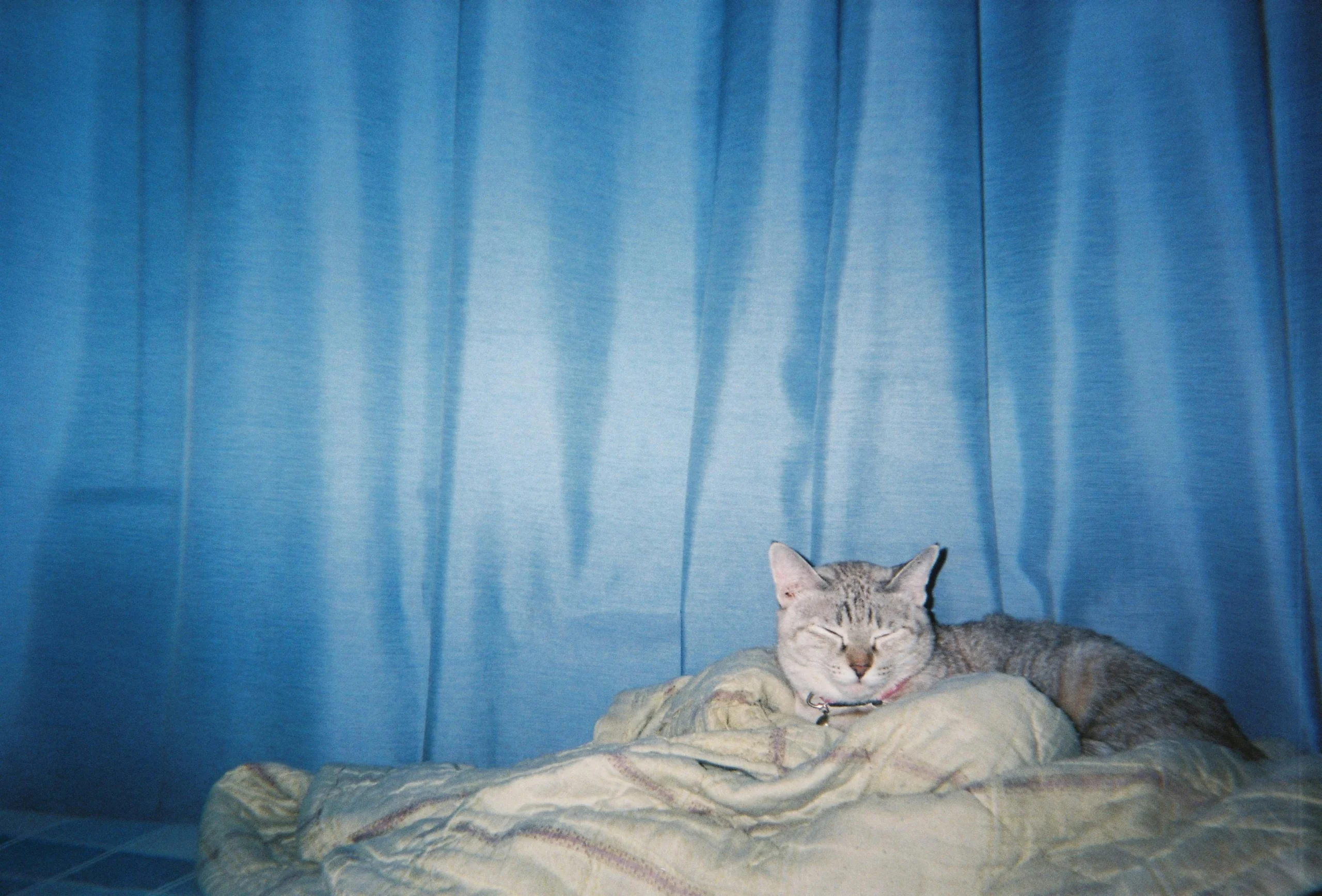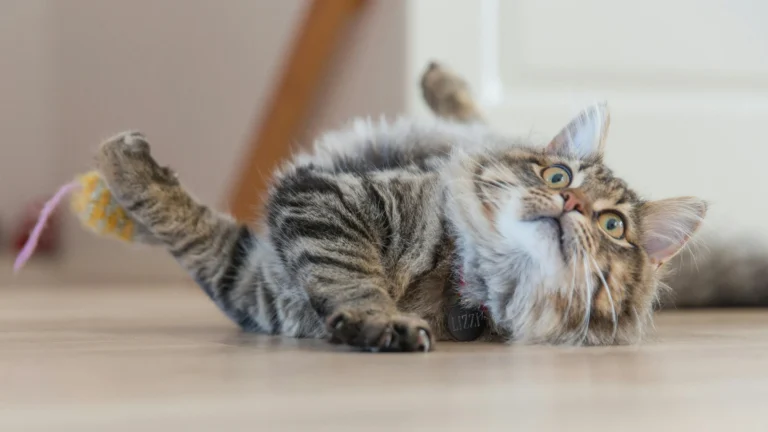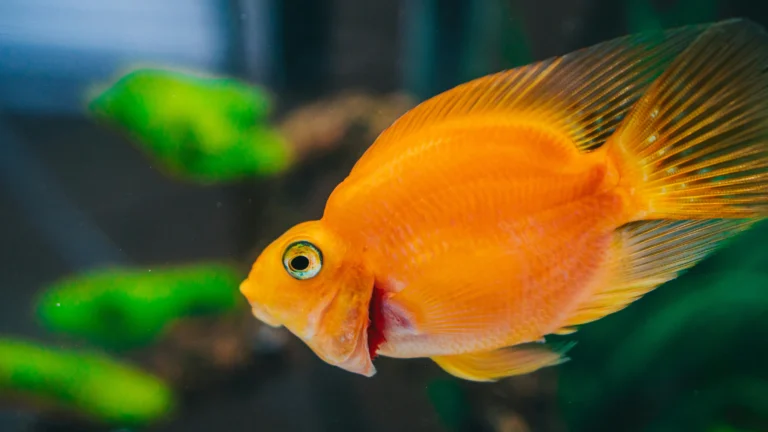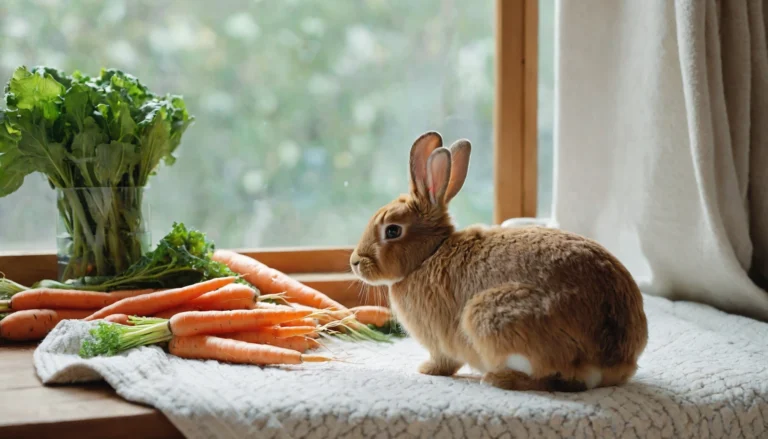Senior Cat Arthritis Symptoms: 7 Early Signs and Natural Relief Methods
Introduction:
As our beloved feline companions age, recognizing senior cat arthritis symptoms becomes crucial for maintaining their quality of life. Arthritis affects up to 90% of cats over 12 years old, yet many pet owners miss the subtle early warning signs. Unlike dogs, cats are masters at hiding pain, making it challenging to identify when they’re struggling with joint discomfort.
This comprehensive guide will help you identify the seven most common senior cat arthritis symptoms and provide evidence-based natural relief methods to help your aging cat live comfortably. Whether you’re a new cat parent or have years of experience, understanding these signs could significantly improve your senior cat’s golden years.
Table of Contents
Understanding Arthritis in Senior Cats
Arthritis, medically known as osteoarthritis or degenerative joint disease, occurs when the cartilage cushioning your cat’s joints begins to break down. This deterioration leads to inflammation, pain, and reduced mobility. While arthritis can affect cats of any age, it predominantly impacts senior cats due to natural wear and tear over time.
Recent veterinary studies reveal that senior cat arthritis symptoms often go undiagnosed because cats instinctively mask their discomfort. This evolutionary trait, designed to hide vulnerability from predators, makes early detection challenging but not impossible.
The most commonly affected joints in senior cats include:
- Hips and lower back
- Elbows and shoulders
- Knees (stifles)
- Ankles (hocks)
- Spine vertebrae
Understanding which joints are most susceptible helps pet owners focus their observation efforts and recognize senior cat arthritis symptoms more effectively.
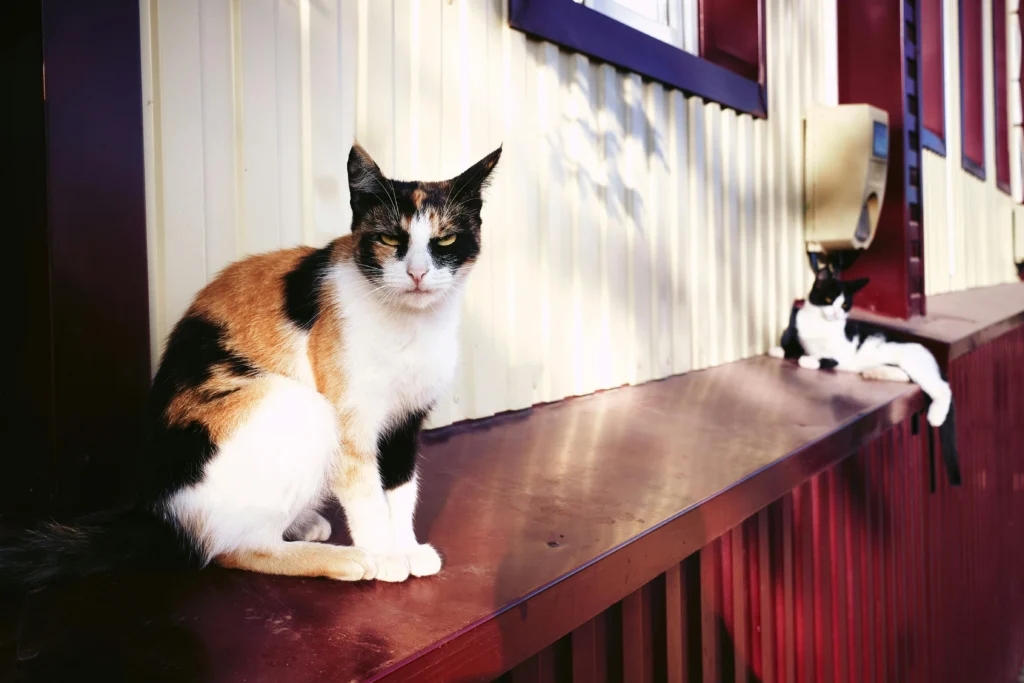
The 7 Most Common Senior Cat Arthritis Symptoms
1. Reduced Jumping and Climbing Activity
One of the earliest senior cat arthritis symptoms is a noticeable decrease in your cat’s vertical activities. Cats with arthritis gradually avoid jumping onto furniture, climbing cat trees, or accessing their favorite high perches.
What to watch for:
- Hesitation before jumping
- Using intermediate steps (chair to counter instead of floor to counter)
- Avoiding previously accessible areas
- Preferring ground-level resting spots
This behavioral change often develops slowly over months, making it easy to attribute to normal aging rather than recognizing it as one of the key senior cat arthritis symptoms.
2. Altered Grooming Patterns
Cats are meticulous groomers, but arthritis can significantly impact their ability to maintain their usual hygiene standards. Joint stiffness and pain make it difficult to reach certain body areas, leading to noticeable changes in coat condition.
Observable signs include:
- Matted or unkempt fur, especially on the back and hindquarters
- Over-grooming accessible areas while neglecting others
- Reluctance to groom after meals or activity
- Development of a greasy or dull coat texture
These grooming-related senior cat arthritis symptoms often appear before more obvious mobility issues, making them valuable early indicators.
3. Changes in Litter Box Behavior
Arthritis pain can transform routine litter box use into a challenging experience. The physical demands of climbing into the box, assuming elimination postures, and covering waste become increasingly difficult for cats experiencing joint discomfort.
Key behavioral changes:
- Eliminating outside the litter box
- Difficulty entering or exiting high-sided boxes
- Rushed elimination without proper covering
- Preference for easily accessible elimination spots
Addressing these litter box-related senior cat arthritis symptoms often requires environmental modifications to support your cat’s changing physical needs.
4. Decreased Activity and Increased Sleep
While cats naturally sleep 12-16 hours daily, arthritis can significantly increase this duration. Affected cats may spend more time resting and show reluctance to engage in previously enjoyed activities.
Activity-related indicators:
- Extended sleeping periods (18+ hours daily)
- Reduced interest in interactive play
- Preference for sedentary activities
- Slower response to stimuli or calls
These senior cat arthritis symptoms often coincide with weight gain, as reduced activity combined with maintained caloric intake leads to obesity, further exacerbating joint problems.
5. Stiffness After Rest Periods
Morning stiffness or difficulty moving after extended rest periods represents one of the most telling senior cat arthritis symptoms. This phenomenon, similar to human arthritis experiences, occurs when inflamed joints become rigid during inactivity.
Stiffness manifestations:
- Slow, cautious movements upon waking
- Limping or favoring certain limbs initially
- Gradual improvement in mobility as activity continues
- Reluctance to move from comfortable resting positions
Pet owners often notice these senior cat arthritis symptoms most prominently in the morning or after their cat has been sleeping for several hours.
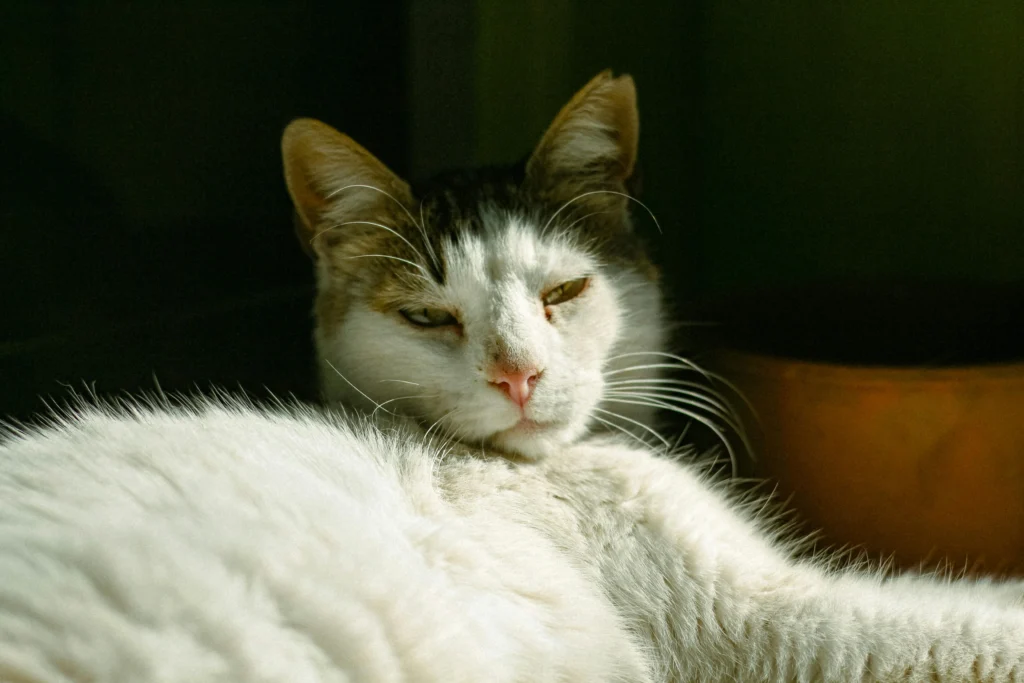
6. Behavioral and Temperament Changes
Chronic pain from arthritis can significantly impact your cat’s personality and behavior patterns. Previously, social cats may become withdrawn, while normally calm cats might display increased irritability.
Behavioral modifications include:
- Decreased social interaction with family members
- Increased hiding or seeking isolated spaces
- Aggression when touched in painful areas
- Reduced tolerance for handling or petting
- Changes in vocalization patterns (increased meowing or growling)
These emotional and behavioral senior cat arthritis symptoms often develop gradually, making them easy to misattribute to personality changes rather than physical discomfort.
7. Altered Walking Gait and Posture
Advanced senior cat arthritis symptoms include visible changes in how your cat moves and positions their body. These physical manifestations become more apparent as the condition progresses.
Gait and posture changes:
- Shortened stride length
- Hunched back posture
- Visible limping or favoring specific legs
- Difficulty navigating stairs
- Reluctance to extend joints fully
- Trembling or shaking while standing
Recognition of these physical senior cat arthritis symptoms typically indicates that the condition has progressed significantly and requires immediate veterinary attention.
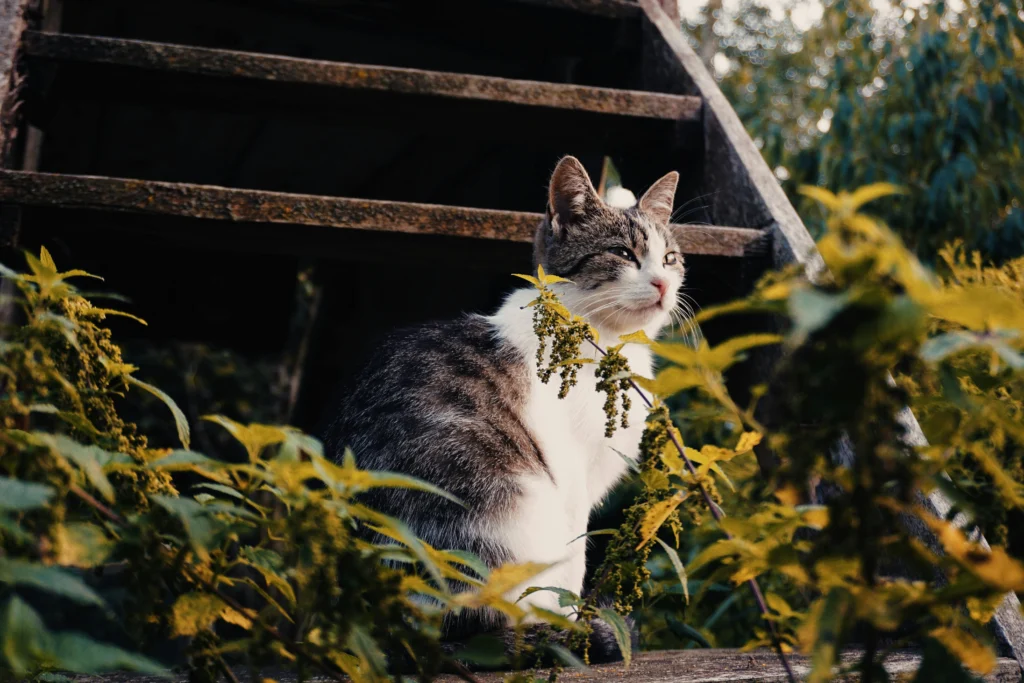
Natural Relief Methods for Senior Cat Arthritis
Environmental Modifications
Creating an arthritis-friendly environment represents the foundation of managing senior cat arthritis symptoms naturally. Simple modifications can dramatically improve your cat’s comfort and mobility.
Essential environmental changes:
- Provide low-sided litter boxes for easy access
- Install ramps or steps to the favorite resting areas
- Ensure food and water dishes are easily reachable
- Create multiple comfortable resting areas throughout the home
- Use non-slip surfaces on smooth floors
These modifications address the practical challenges associated with senior cat arthritis symptoms while maintaining your cat’s independence and dignity.
Weight Management Strategies
Maintaining optimal body weight significantly reduces joint stress and helps manage senior cat arthritis symptoms effectively. Excess weight places additional pressure on already compromised joints, accelerating cartilage breakdown.
Weight management approaches:
- Consult your veterinarian for appropriate caloric requirements
- Implement portion-controlled feeding schedules
- Choose high-quality, age-appropriate cat food
- Monitor body condition score regularly
- Encourage gentle, low-impact activity when possible
Studies indicate that maintaining ideal body weight can reduce arthritis progression by up to 40%, making weight management crucial for controlling senior cat arthritis symptoms.
Gentle Exercise and Movement
While cats with arthritis should avoid high-impact activities, gentle movement helps maintain joint flexibility and muscle strength. Encouraging appropriate exercise can slow the progression of senior cat arthritis symptoms.
Low-impact exercise options:
- Interactive wand toys for gentle reaching and stretching
- Slow-paced walking encouragement
- Swimming therapy (where available and appropriate)
- Controlled climbing activities with assistance
- Physical therapy exercises as recommended by professionals
The key is finding the balance between beneficial movement and avoiding activities that exacerbate senior cat arthritis symptoms.
Nutritional Support and Supplements
Certain nutrients and supplements can provide natural support for cats experiencing senior cat arthritis symptoms. While not replacements for veterinary care, these additions may offer additional comfort.
Beneficial supplements include:
- Omega-3 fatty acids for anti-inflammatory effects
- Glucosamine and chondroitin for cartilage support
- Turmeric for its natural anti-inflammatory properties
- Green-lipped mussel extract for joint health
- Antioxidants to combat oxidative stress
Always consult your veterinarian before introducing supplements, as they can interact with medications or may not be appropriate for all cats experiencing senior cat arthritis symptoms.
Heat and Comfort Therapies
Warmth can provide significant relief for cats experiencing senior cat arthritis symptoms. Heat therapy helps reduce joint stiffness and improve circulation to affected areas.
Comfort therapy options:
- Heated pet beds or warming pads
- Warm, draft-free resting areas
- Gentle massage of non-painful areas
- Soft, supportive bedding materials
- Heated blankets during colder months
These comfort measures can be particularly effective during weather changes, when many cats experience increased senior cat arthritis symptoms.

When to Consult Your Veterinarian
While natural management strategies can significantly help with senior cat arthritis symptoms, professional veterinary care remains essential for proper diagnosis and comprehensive treatment planning.
Seek immediate veterinary attention if:
- Your cat shows signs of severe pain or distress
- Mobility decreases rapidly or significantly
- Your cat stops eating or drinking normally
- Behavioral changes become extreme
- Multiple senior cat arthritis symptoms appear simultaneously
Early veterinary intervention can slow arthritis progression and improve your cat’s long-term prognosis. Your veterinarian may recommend prescription pain medications, injectable treatments, or other medical interventions alongside natural management strategies.
Creating a Long-term Management Plan
Successfully managing senior cat arthritis symptoms requires a comprehensive, long-term approach that evolves with your cat’s changing needs. Regular monitoring and adjustment of management strategies ensure optimal comfort throughout your cat’s senior years.
Essential plan components:
- Regular veterinary check-ups (every 6 months minimum)
- Consistent environmental modifications
- Weight monitoring and management
- Daily observation for changes in senior cat arthritis symptoms
- Adjustment of activities and expectations as needed
Remember that managing senior cat arthritis symptoms is an ongoing process that requires patience, dedication, and flexibility. What works today may need modification tomorrow as your cat’s condition changes.
Conclusion
Recognizing and addressing senior cat arthritis symptoms early can dramatically improve your beloved feline’s quality of life during their golden years. The seven key symptoms outlined, reduced jumping activity, altered grooming patterns, litter box changes, decreased activity, morning stiffness, behavioral changes, and gait alterations, serve as your roadmap for early detection.
Natural relief methods, including environmental modifications, weight management, gentle exercise, nutritional support, and comfort therapies, provide valuable tools for managing senior cat arthritis symptoms alongside professional veterinary care. Remember that every cat is unique, and what works for one may not work for another.
The most important step you can take today is to begin observing your senior cat more closely, looking for subtle signs of discomfort that might indicate developing senior cat arthritis symptoms. Early recognition and intervention can help ensure your feline companion enjoys comfortable, happy senior years filled with love and care.
By staying informed, proactive, and committed to your cat’s well-being, you can successfully navigate the challenges of senior cat arthritis symptoms and provide your cherished pet with the comfort and support they deserve.
Frequently Asked Questions (FAQs)
At what age should I start watching for senior cat arthritis symptoms?
Most cats begin showing subtle senior cat arthritis symptoms around 8-10 years of age, though the condition becomes more common after age 12. Starting regular monitoring around age 7 or 8 allows for early detection and intervention.
Can indoor cats develop arthritis like outdoor cats?
Yes, both indoor and outdoor cats can develop senior cat arthritis symptoms. While outdoor cats may experience more wear and tear from hunting and climbing, indoor cats can develop arthritis from normal aging, genetics, previous injuries, or obesity.
Are certain cat breeds more prone to arthritis?
While any cat can develop senior cat arthritis symptoms, larger breeds like Maine Coons and Persians, as well as cats with previous injuries or genetic predispositions, may be at higher risk. However, mixed-breed cats are equally susceptible as they age.
How quickly do senior cat arthritis symptoms progress?
The progression of senior cat arthritis symptoms varies significantly between individuals. Some cats develop symptoms gradually over months or years, while others may show rapid changes. Ongoing veterinary checkups help monitor disease progression and fine-tune treatment as needed.
Can I give my cat human arthritis medications?
Never administer human arthritis medications to your cat, as many are highly toxic. Pain relievers such as ibuprofen, acetaminophen, and aspirin can be deadly for felines. Always rely on your veterinarian to recommend safe, cat-specific treatments for senior cat arthritis.
Will my cat’s arthritis symptoms get worse in cold weather?
Many cats experience increased senior cat arthritis symptoms during cold, damp weather, similar to humans with arthritis. Offering cozy resting spots and keeping indoor temperatures steady can reduce weather-related discomfort.
How can I tell the difference between arthritis and normal aging?
While some slowing down is normal with age, senior cat arthritis symptoms typically involve specific behavioral changes like avoiding jumping, altered grooming, litter box issues, and visible stiffness. Normal aging shouldn’t prevent cats from performing basic daily activities or cause obvious discomfort.
Is it possible for cats to recover from arthritis?
Arthritis is a progressive condition that cannot be cured, but senior cat arthritis symptoms can be effectively managed with proper care. Early intervention, weight management, environmental modifications, and appropriate veterinary treatment can significantly slow progression and improve quality of life.

